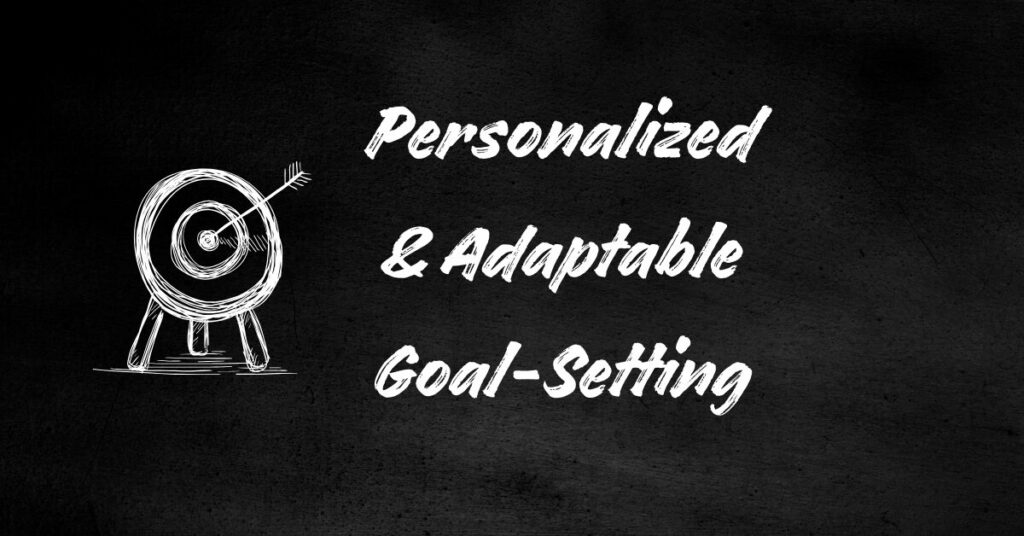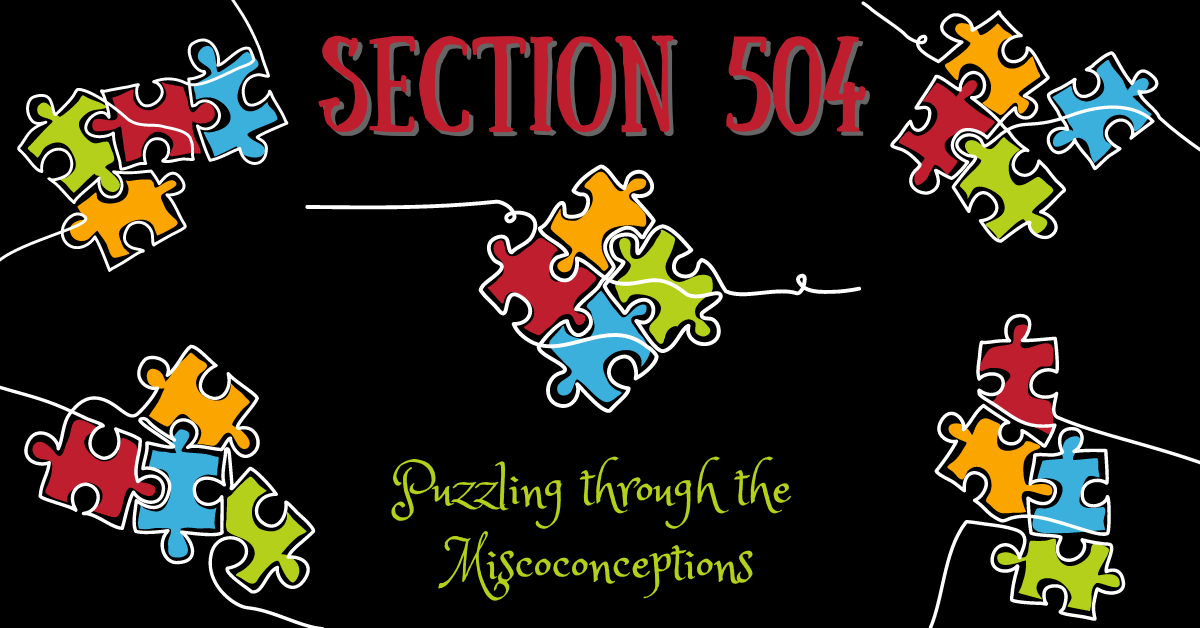
Setting goals is a crucial skill that empowers individuals to achieve success and fulfillment in various aspects of their lives. Teaching kids how to set effective goals early on not only fosters a sense of responsibility but also equips them with valuable tools for personal and academic growth. One effective framework for goal-setting is the SMART criteria – Specific, Measurable, Achievable, Realistic/Relevant, and Timely. In this blog post, we’ll explore the importance of SMART goals for children and provide practical tips for parents and educators to guide kids in this process.
SMART, a widely recognized framework for effective goal-setting, can alternatively stand for Specific, Measurable, Attainable, Relevant, and Time-bound. While Achievable and Attainable are interchangeable, both emphasize the importance of setting goals that can be reached. In the context of goal-setting, Realistic and Relevant are equally significant considerations, so both will be discussed. Lastly, Timely and Time-bound, used interchangeably, stress the necessity of establishing a clear timeframe for goal achievement. The flexibility in word choice allows individuals to tailor the SMART criteria to their preferences and language, promoting a personalized and adaptable approach to goal-setting.

Specific: Encouraging Clarity and Precision
The first step in setting a goal is to make it specific. Vague goals like “do better in school” can be overwhelming and challenging to pursue. Instead, encourage kids to identify a specific area for improvement, such as “improve math grades by 10 points in the next quarter.” This clarity helps children focus on a defined objective, making it easier to create a plan of action.
Measurable: Tracking Progress for Success
Measuring progress is essential for motivation and accountability. A measurable goal allows kids to track their achievements and celebrate milestones along the way. For instance, if a child’s goal is to read more, they can set a measurable target, such as “read one chapter of a book every night.” This way, they can easily gauge their progress and adjust their efforts accordingly.
Achievable: Setting Realistic Expectations
While it’s essential to encourage ambition, goals should also be achievable. Unrealistic goals can lead to frustration and disappointment. Work with kids to ensure their goals are challenging yet attainable. For example, if a child’s ambition is to learn a new instrument, help them break down the process into manageable steps, starting with a realistic practice schedule.
Realistic: Balancing Ambition and Practicality
Realism is key when setting goals. It’s important to help kids strike a balance between ambition and practicality. If a child expresses a desire to become an astronaut, for instance, guide them in understanding the necessary steps, such as excelling in science and mathematics. This not only promotes a sense of realism but also encourages thoughtful planning.
Relevant: Connecting Aspirations to Purpose
Relevance ensures that goals align with personal values and larger objectives. Guide kids to think about why their goals matter. For instance, if a child values fitness, a relevant goal might be “participate in a fun physical activity three times a week.” Connecting goals to personal values fosters a deeper sense of purpose.
Timely: Instilling a Sense of Urgency
A goal without a deadline is merely a wish. Instill the importance of time management by encouraging kids to set deadlines for their goals. Whether it’s completing a project, improving a skill, or achieving a certain grade, having a timeline creates a sense of urgency and helps kids stay focused. Teach them to break down their goals into smaller tasks with specific deadlines to ensure steady progress.

Teaching kids how to set SMART goals is an investment in their future success. By instilling the principles of Specificity, Measurability, Achievability, Realism, and Timeliness, parents and educators can empower children with the skills they need to navigate challenges and pursue their aspirations. As kids learn to set and achieve SMART goals, they not only develop a sense of responsibility but also cultivate a mindset that will serve them well throughout their lives.
As parents and educators, we play a crucial role in guiding our kids towards meaningful aspirations. Our role is not just to guide but also to instill in children the confidence to dream, plan, and achieve. By incorporating SMART principles into their lives, we lay the foundation for a future generation of confident, purpose-driven individuals. In the following section, actionable advice designed to assist children in the process of establishing and accomplishing their goals is provided.

Encourage Self-Reflection
Before diving into goal-setting, encourage kids to reflect on their interests, strengths, and areas for improvement. Understanding oneself is the first step towards setting goals that align with personal values and aspirations.
Start Small and Build Confidence
Begin with small, achievable goals to build confidence. These early successes create a positive association with goal-setting and instill a sense of capability in children. As they experience accomplishment, they’ll be more inclined to tackle larger objectives.
Teach the SMART Framework
Introduce the SMART criteria (Specific, Measurable, Attainable/Achievable, Relevant/Realistic, and Timely) as a guide for goal-setting and help your child choose the elements to incorporate in the goals. Break down each element with examples, making it a practical tool for kids to structure their aspirations effectively.
Set Goals Together
Collaborate with your child in setting goals. This not only provides an opportunity for meaningful conversations but also allows you to offer guidance based on your experiences. Establish a supportive environment where kids feel comfortable expressing their dreams and ambitions. Once your child comprehends the concept of goal-setting and demonstrates initiative, empower him/her to establish his/her own objectives.
Celebrate Progress, Not Just Results
Encourage a mindset that values progress over perfection. Celebrate the journey, acknowledging the effort put into achieving goals. This approach fosters resilience and a positive attitude towards setbacks, teaching kids that success is a continuous process. For more on celebrating progress, check out The Power of Rewarding Effort.
Create a Visual Representation
For younger children, consider creating a visual representation of their goals. This could be a vision board, a drawing, or a chart that illustrates their aspirations. Visual aids make the goal-setting process more engaging and memorable. Check out Helping Kids Set Goals with Vision Boards for a how-to on visual goal-setting.
Establish a Routine
Help kids integrate goal-related activities into their daily routines. Whether it’s dedicating a specific time for homework, practice sessions, or creative pursuits, routine instills discipline and makes goal-related tasks a natural part of their day.
Provide Tools for Organization
Equip kids with tools to organize their goals and progress. This could be a simple journal, a calendar, a goal-tracking app, or a checklist. Organization enhances accountability and helps children stay on track.
Be a Role Model
Demonstrate the value of goal-setting by being a role model. Share your own goals, discuss your strategies, and celebrate your achievements. Children often learn best through observation and emulation.
Encourage Adaptability
Teach kids that goals can be flexible. Life is dynamic, and sometimes adjustments are necessary. Encourage adaptability and guide them in revising goals when circumstances change.
Information for Teachers
Positive Psychology provides valuable insights into effective goal setting. For additional information on goal setting in education, including recommended books, videos, activities, and references, explore the resource 42 Goal Setting Activities for Students & Kids.

Cultivating Tomorrow’s Achievers
As we guide our children in the art of goal-setting, we empower them to navigate life with purpose and resilience. By fostering a supportive environment, teaching practical frameworks, and celebrating the journey, we contribute to the development of confident, goal-oriented individuals. In nurturing their ambitions, we sow the seeds for a future generation capable of turning dreams into reality.







